Home>Furniture & Design>Bathroom Accessories>How To Make Shower Curtain Hooks Slide Easier
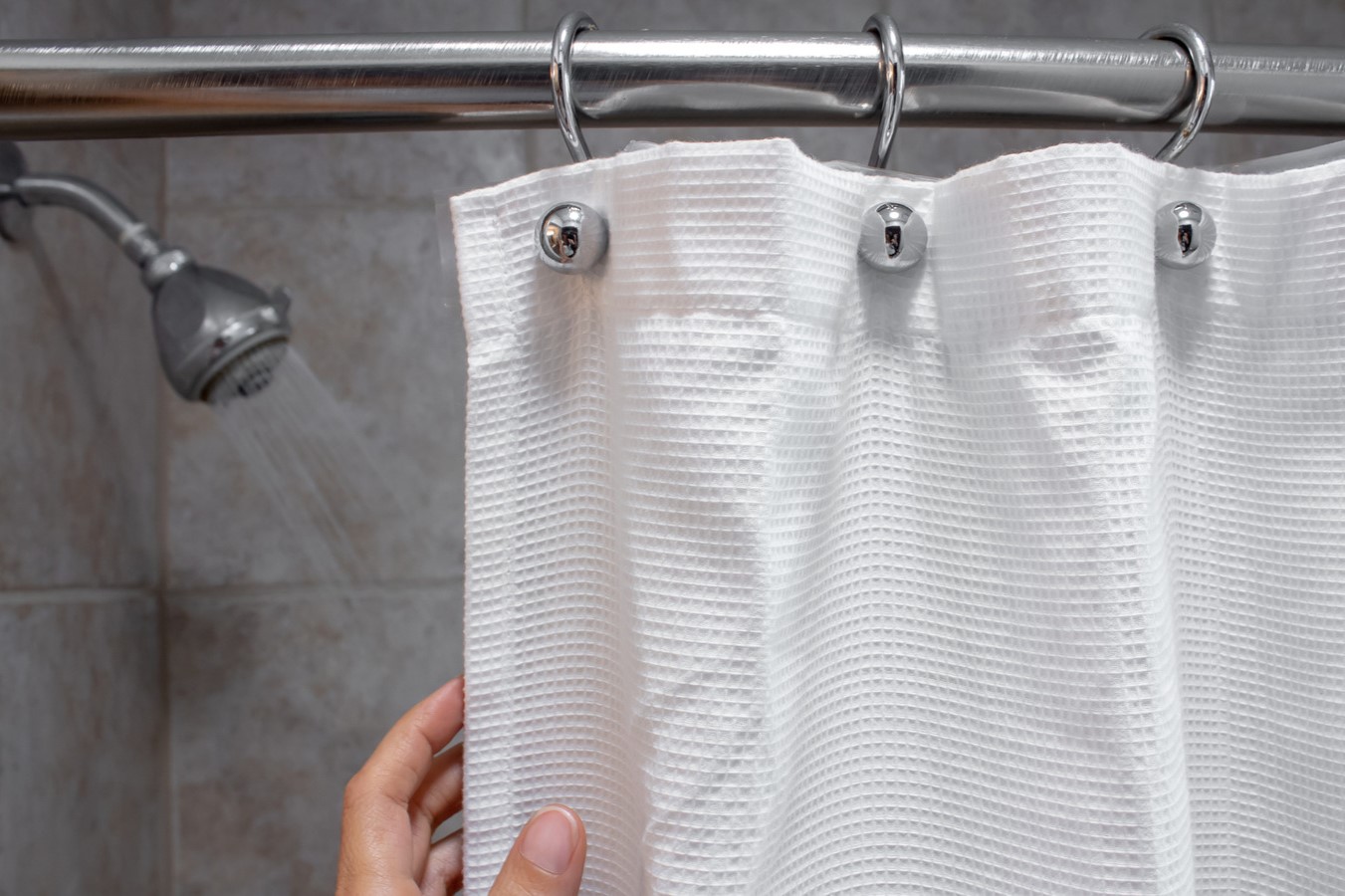

Bathroom Accessories
How To Make Shower Curtain Hooks Slide Easier
Modified: April 22, 2024
Learn how to make your shower curtain hooks slide effortlessly with these easy bathroom accessories tips. Say goodbye to stuck hooks!
(Many of the links in this article redirect to a specific reviewed product. Your purchase of these products through affiliate links helps to generate commission for Storables.com, at no extra cost. Learn more)
Introduction
Are you tired of struggling with your shower curtain hooks every time you open or close your shower curtain? Dealing with stubborn, sticky hooks can be frustrating and time-consuming. However, there are simple and effective solutions to make your shower curtain hooks slide easier, allowing you to enjoy a smoother and more convenient showering experience.
In this comprehensive guide, we will explore various methods to address this common issue. From cleaning the shower curtain hooks to lubricating the curtain rod, we will cover practical techniques to ensure that your shower curtain hooks glide effortlessly along the rod. Additionally, we will discuss alternative materials that can be used for the hooks, offering innovative solutions to improve their functionality.
By implementing the strategies outlined in this article, you can bid farewell to the hassle of dealing with stubborn shower curtain hooks. Whether you're a homeowner looking to enhance your bathroom's functionality or a renter seeking simple yet effective solutions, this guide is designed to help you achieve a seamless and enjoyable showering experience. Let's dive into the details and discover how to make your shower curtain hooks slide easier.
Key Takeaways:
- Say goodbye to stubborn shower curtain hooks by cleaning them with warm, soapy water for plastic hooks or a vinegar solution for metal hooks. Dry them thoroughly before reattaching for a smoother showering experience.
- Make your shower curtain hooks glide effortlessly by using a silicone-based lubricant on the curtain rod. Consider alternative materials like stainless steel or nylon for improved durability and smoothness.
Understanding the problem
The frustration of dealing with shower curtain hooks that refuse to slide smoothly along the rod is a common issue faced by many individuals. When these hooks become sticky or resistant, it can disrupt the flow of your daily routine and detract from the overall showering experience. Understanding the root causes of this problem is essential in finding effective solutions to restore the functionality of the shower curtain hooks.
One of the primary reasons for the difficulty in sliding shower curtain hooks is the accumulation of dirt, soap scum, and grime. Over time, these substances can build up on the hooks, creating a rough surface that hinders smooth movement along the curtain rod. Additionally, moisture and humidity in the bathroom can contribute to the formation of a stubborn residue on the hooks, exacerbating the problem.
Furthermore, the material of the shower curtain hooks can impact their ability to glide effortlessly. Plastic or metal hooks may wear down over time, leading to rough edges or corrosion that impedes smooth movement. In some cases, the design of the hooks themselves may be a contributing factor, especially if they lack proper curvature or smooth surfaces.
Understanding the multifaceted nature of the problem allows us to approach it from different angles, addressing both the surface-level issues such as dirt and grime, as well as the underlying factors such as material and design. By delving into the intricacies of why the shower curtain hooks are not sliding easily, we can tailor our solutions to effectively tackle each aspect of the problem.
In the following sections, we will explore practical methods to address these challenges, including cleaning the shower curtain hooks to remove built-up residue, lubricating the curtain rod to facilitate smoother movement, and considering alternative materials for the hooks to enhance their functionality. By gaining a comprehensive understanding of the problem at hand, we can implement targeted strategies to ensure that your shower curtain hooks slide with ease, restoring convenience and efficiency to your daily routine.
Cleaning the shower curtain hooks
Cleaning the shower curtain hooks is a fundamental step in addressing the issue of stubborn, difficult-to-move hooks. Over time, these hooks can accumulate dirt, soap scum, and grime, leading to a rough and sticky surface that impedes smooth sliding along the curtain rod. By implementing a thorough cleaning process, you can effectively remove the built-up residue and restore the hooks to their optimal functionality.
To begin the cleaning process, start by removing the shower curtain hooks from the rod. This allows for easier access and thorough cleaning without the constraints of the rod. Once removed, inspect the hooks for visible dirt, grime, or residue. Depending on the material of the hooks, such as plastic or metal, different cleaning methods can be employed.
For plastic shower curtain hooks, a simple solution of warm water and mild dish soap can be used to gently scrub away the accumulated residue. Using a soft-bristled brush or sponge, dip it into the soapy water and carefully scrub the hooks, paying close attention to any areas with stubborn build-up. Rinse the hooks thoroughly with clean water to remove any remaining soap residue.
In the case of metal shower curtain hooks, a mixture of equal parts white vinegar and water can be an effective cleaning solution. The acidic properties of vinegar help to dissolve mineral deposits and grime, restoring the hooks to a clean and smooth state. Submerge the hooks in the vinegar solution for a few hours, allowing the solution to penetrate and loosen the built-up residue. After soaking, use a brush or sponge to gently scrub the hooks before rinsing them thoroughly with water.
For both plastic and metal shower curtain hooks, it is important to ensure that they are completely dry before reattaching them to the curtain rod. Any residual moisture can contribute to the accumulation of new grime, negating the cleaning efforts. Once dry, reassemble the hooks onto the curtain rod and test their movement to ensure that they slide smoothly and effortlessly.
By diligently cleaning the shower curtain hooks, you can effectively eliminate the underlying cause of their resistance, allowing for a seamless and hassle-free showering experience. This simple yet essential maintenance task can significantly improve the functionality of the hooks, ensuring that they glide effortlessly along the curtain rod, enhancing the overall convenience and enjoyment of your daily routine.
Try rubbing a small amount of silicone lubricant or petroleum jelly on the shower curtain rod to help the hooks slide more easily. Just be sure to wipe off any excess to avoid making a mess.
Lubricating the shower curtain rod
Lubricating the shower curtain rod is a crucial step in ensuring that the shower curtain hooks slide effortlessly and smoothly. Over time, the constant friction between the hooks and the rod can lead to resistance and difficulty in movement. By applying an appropriate lubricant to the curtain rod, you can significantly reduce friction and facilitate seamless sliding of the hooks, thereby enhancing the overall functionality of the shower curtain system.
When selecting a lubricant for the shower curtain rod, it is important to choose a product that is suitable for use in a bathroom environment. Silicone-based lubricants are an excellent choice, as they are water-resistant and provide long-lasting lubrication. Additionally, silicone lubricants are non-corrosive, making them safe for use on metal or plastic curtain rods.
To begin the lubrication process, start by removing the shower curtain hooks from the rod to allow for unobstructed access. Thoroughly clean the curtain rod to remove any dirt, grime, or residue that may have accumulated over time. Once the rod is clean and dry, apply a small amount of silicone lubricant along the length of the rod, ensuring even coverage.
Using a clean cloth or paper towel, spread the lubricant evenly across the surface of the rod, paying attention to any areas where the hooks make contact. The goal is to create a smooth, lubricated surface that reduces friction and allows the hooks to glide effortlessly.
After applying the lubricant, reattach the shower curtain hooks to the rod and test their movement. You should notice a significant improvement in the ease with which the hooks slide along the rod. If necessary, apply additional lubricant to areas that still exhibit resistance, ensuring thorough coverage for optimal performance.
Regular maintenance of the lubrication is essential to preserve its effectiveness. Periodically inspect the curtain rod for signs of wear or dryness, and reapply the silicone lubricant as needed to maintain smooth and effortless movement of the shower curtain hooks.
By lubricating the shower curtain rod with a high-quality silicone lubricant, you can effectively minimize friction and ensure that the hooks slide with ease, enhancing the overall functionality of your shower curtain system. This simple yet impactful maintenance task can make a significant difference in your daily showering experience, providing a seamless and convenient transition as you open and close the curtain.
Using alternative materials for the shower curtain hooks
Exploring alternative materials for the shower curtain hooks presents an innovative approach to addressing the challenge of stubborn and difficult-to-move hooks. Traditional plastic or metal hooks may encounter issues such as corrosion, wear, or surface roughness over time, leading to diminished functionality. By considering alternative materials, we can discover new solutions that offer improved durability, smoothness, and longevity, ultimately enhancing the overall performance of the shower curtain system.
One promising alternative material for shower curtain hooks is stainless steel. Renowned for its exceptional strength and corrosion resistance, stainless steel offers a durable and long-lasting option for curtain hooks. The smooth surface of stainless steel reduces friction and promotes effortless sliding along the curtain rod, providing a seamless showering experience. Additionally, stainless steel hooks are easy to clean and maintain, making them a practical and reliable choice for homeowners seeking a robust solution to the problem of stubborn hooks.
Another alternative material worth considering is nylon. Nylon shower curtain hooks boast a lightweight yet sturdy construction, offering a unique combination of flexibility and strength. The smooth texture of nylon reduces the likelihood of friction and resistance, allowing for smooth and unhindered movement along the curtain rod. Furthermore, nylon is resistant to moisture and humidity, making it an ideal choice for bathroom environments where traditional materials may deteriorate over time.
Innovative materials such as silicone or rubber-coated hooks also present intriguing alternatives. These materials provide a soft and pliable surface that minimizes friction and promotes effortless sliding. The flexibility of silicone or rubber-coated hooks ensures gentle contact with the curtain rod, reducing wear and tear while enhancing the overall functionality of the shower curtain system.
Furthermore, exploring unconventional materials such as bamboo or composite polymers opens up new possibilities for shower curtain hooks. Bamboo, known for its sustainability and natural smoothness, offers a unique and eco-friendly option for individuals seeking a distinctive touch in their bathroom decor. Composite polymers, engineered for durability and low friction, provide a modern and innovative solution to the challenge of stubborn hooks.
By considering alternative materials for shower curtain hooks, we can expand our options and discover innovative solutions that address the underlying issues of resistance and difficulty in movement. Whether opting for stainless steel for its durability, nylon for its flexibility, or silicone for its low-friction properties, exploring alternative materials opens the door to enhanced functionality and a more enjoyable showering experience. Embracing these innovative options allows us to reimagine the traditional shower curtain hooks, offering improved performance and durability for the modern bathroom.
Read more: How To Make A Patio Door Slide Easier
Conclusion
In conclusion, addressing the challenge of stubborn shower curtain hooks is essential for ensuring a seamless and enjoyable showering experience. By understanding the underlying causes of resistance and difficulty in movement, we have explored practical and effective solutions to make shower curtain hooks slide easier.
Through the process of cleaning the shower curtain hooks, we have learned the importance of removing built-up dirt, grime, and residue to restore their optimal functionality. By employing gentle cleaning methods and ensuring thorough drying, we can eliminate the underlying cause of resistance, allowing the hooks to glide effortlessly along the curtain rod.
Lubricating the shower curtain rod emerged as a crucial step in minimizing friction and facilitating smooth movement of the hooks. By selecting a suitable silicone-based lubricant and applying it to the rod, we can significantly reduce resistance and enhance the overall functionality of the shower curtain system. Regular maintenance of the lubrication ensures long-lasting effectiveness, providing a seamless transition as the curtain is opened and closed.
Exploring alternative materials for shower curtain hooks has opened up new possibilities for enhancing their performance. From stainless steel and nylon to innovative materials such as silicone, rubber-coated, bamboo, and composite polymers, we have discovered a diverse range of options that offer improved durability, smoothness, and longevity. Embracing these alternative materials allows us to reimagine the traditional shower curtain hooks, providing innovative solutions to the challenge of stubborn hooks.
By implementing these strategies, homeowners and renters alike can bid farewell to the frustration of dealing with stubborn shower curtain hooks. The seamless sliding of the hooks along the curtain rod enhances the overall convenience and efficiency of the showering experience, allowing individuals to start and end their day with ease and comfort.
Incorporating these maintenance tasks into regular bathroom upkeep ensures that the shower curtain hooks remain in optimal condition, providing long-term benefits for homeowners and renters. By addressing the root causes of resistance and difficulty in movement, we can transform the shower curtain system into a hassle-free and enjoyable component of the bathroom environment.
Ultimately, by understanding the multifaceted nature of the problem and implementing targeted solutions, we can make shower curtain hooks slide easier, enhancing the functionality and convenience of the showering experience for individuals across diverse living spaces.
Frequently Asked Questions about How To Make Shower Curtain Hooks Slide Easier
Was this page helpful?
At Storables.com, we guarantee accurate and reliable information. Our content, validated by Expert Board Contributors, is crafted following stringent Editorial Policies. We're committed to providing you with well-researched, expert-backed insights for all your informational needs.
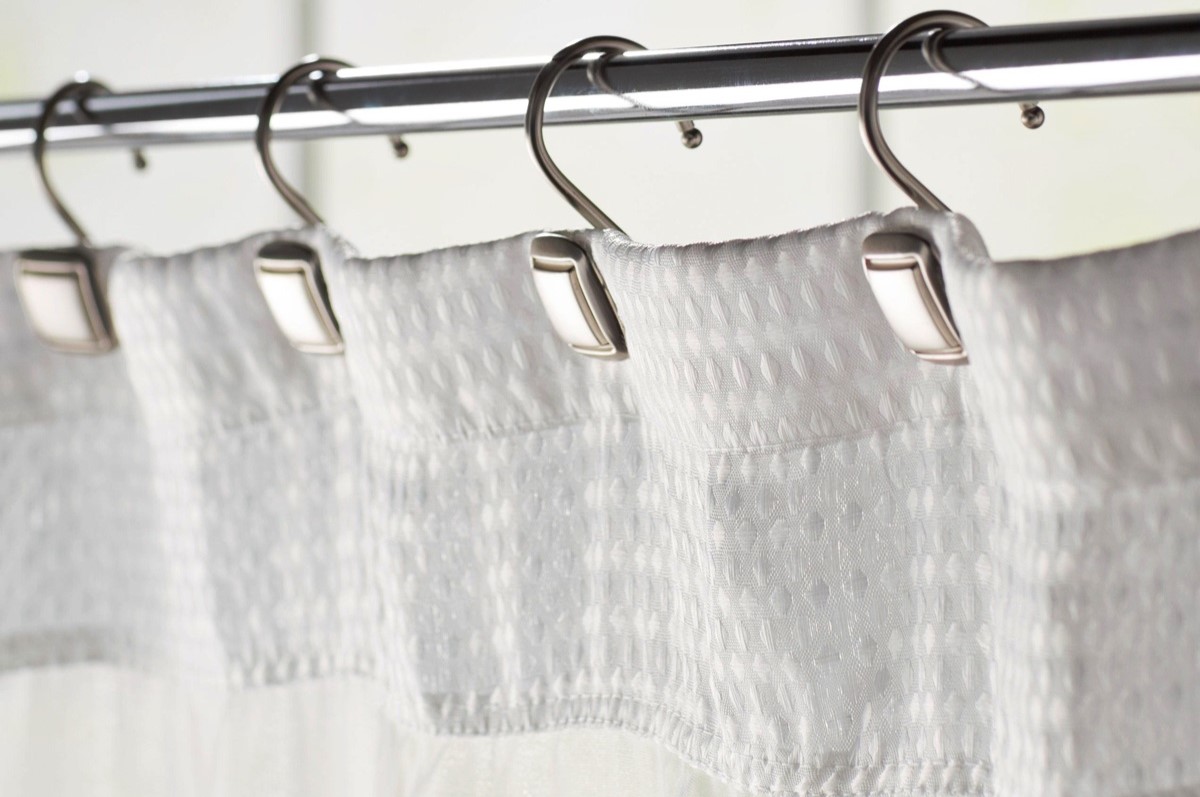
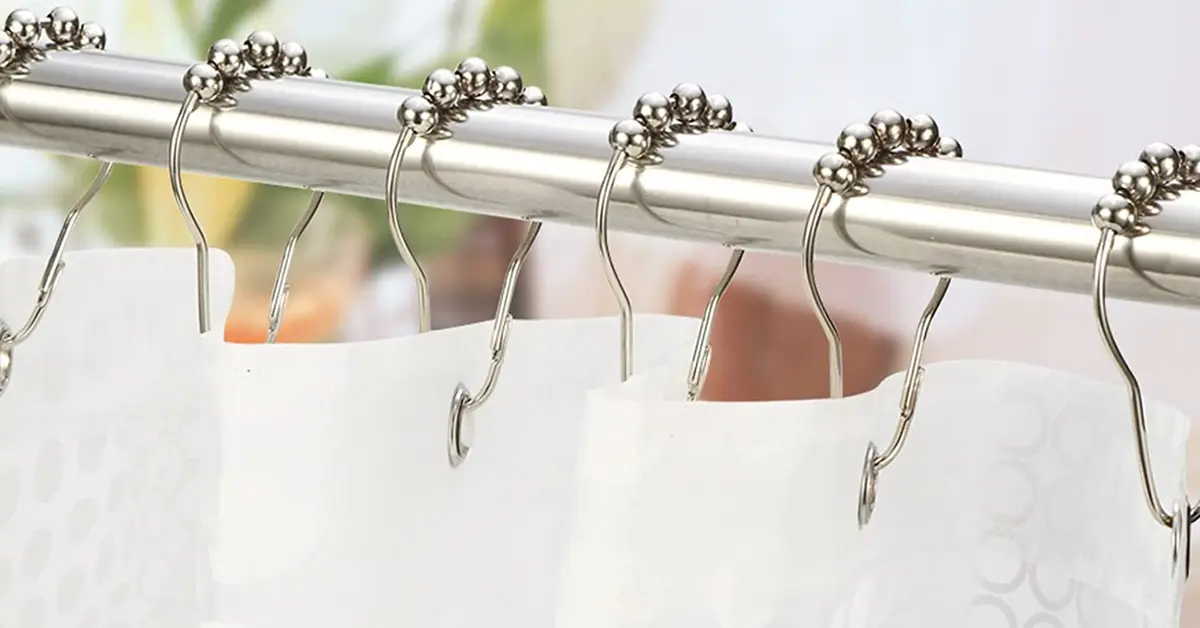
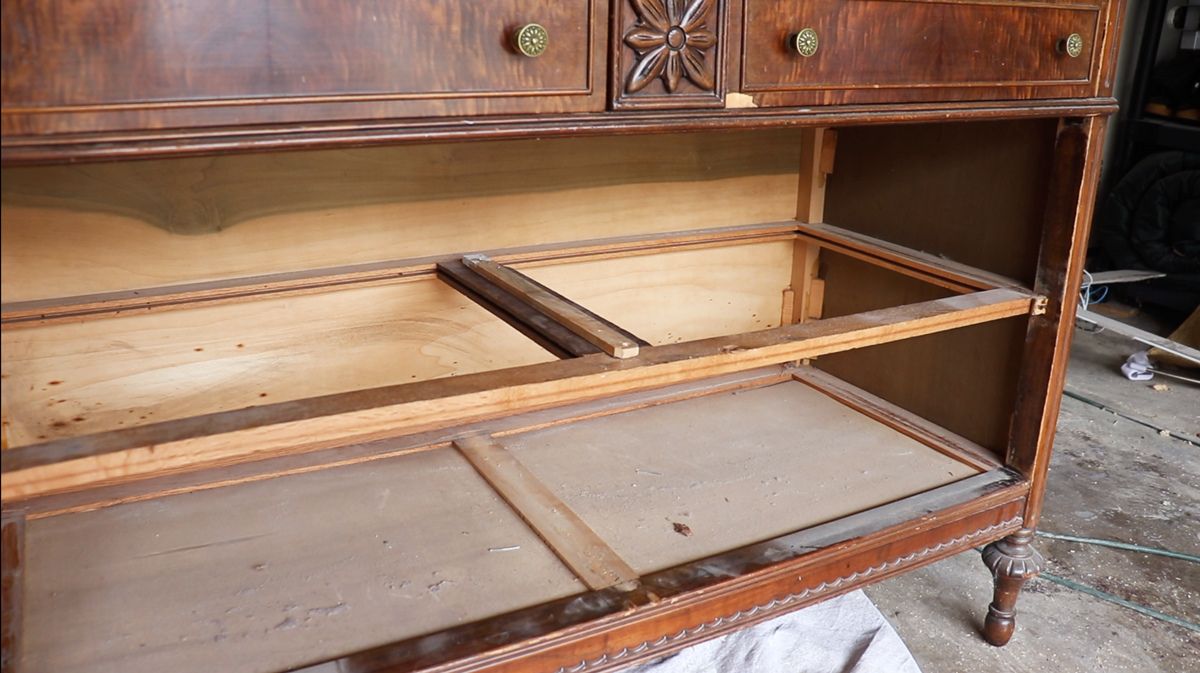
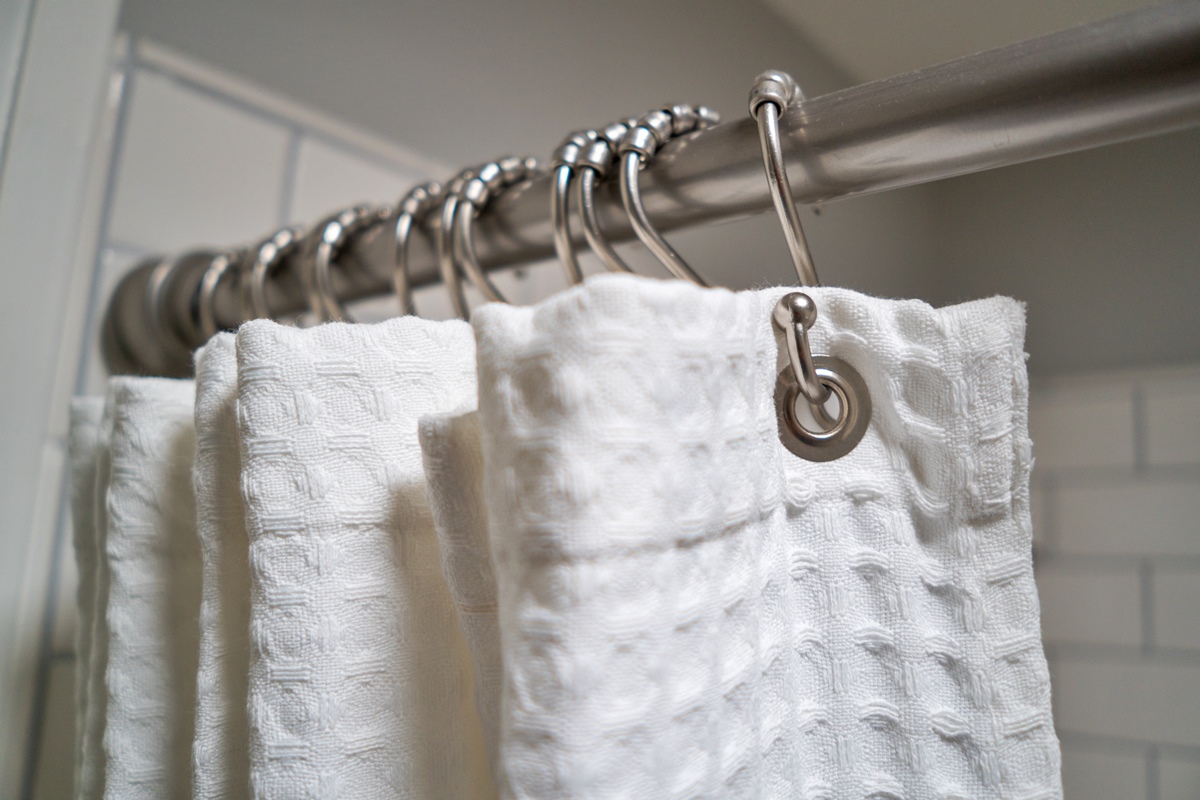

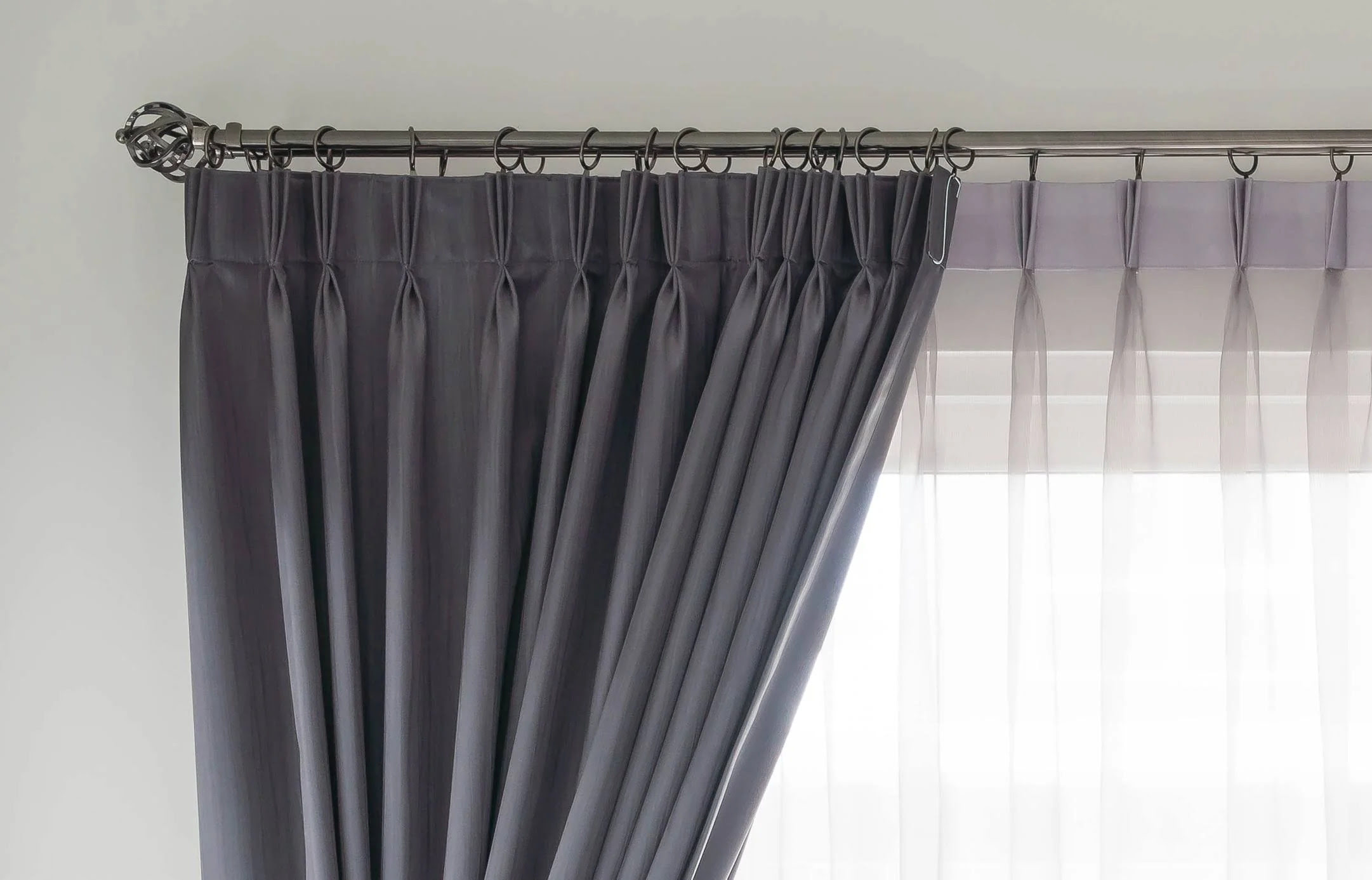

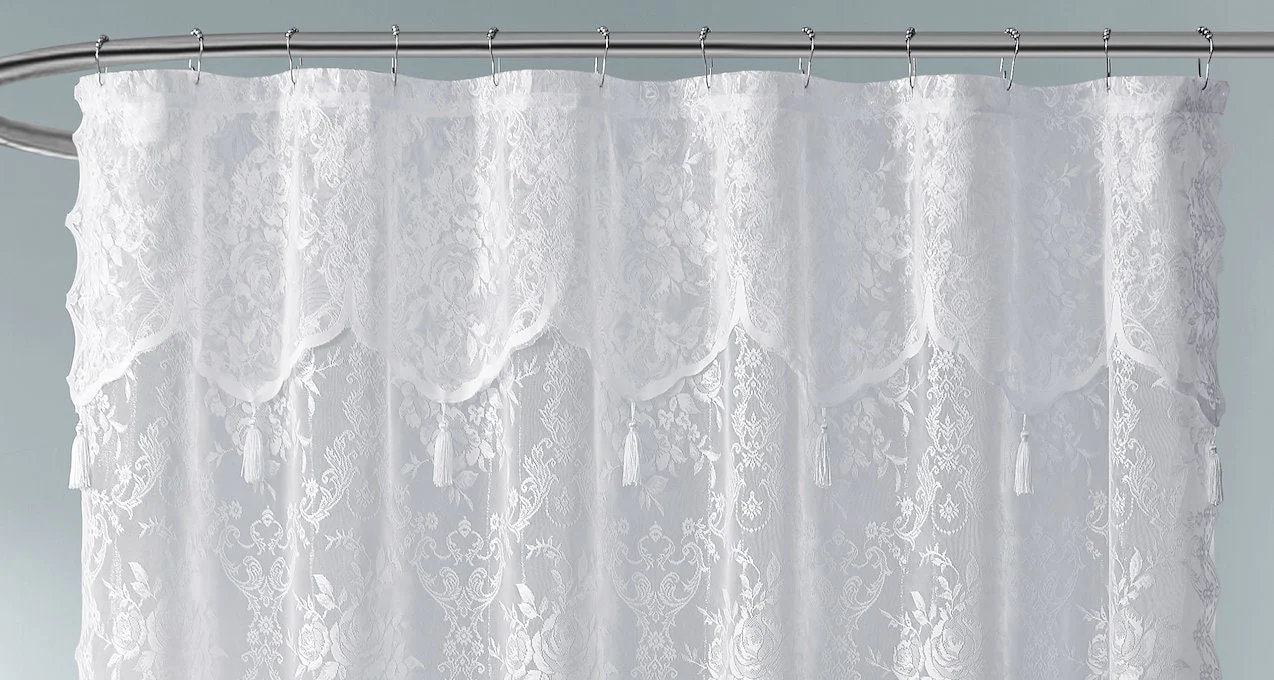


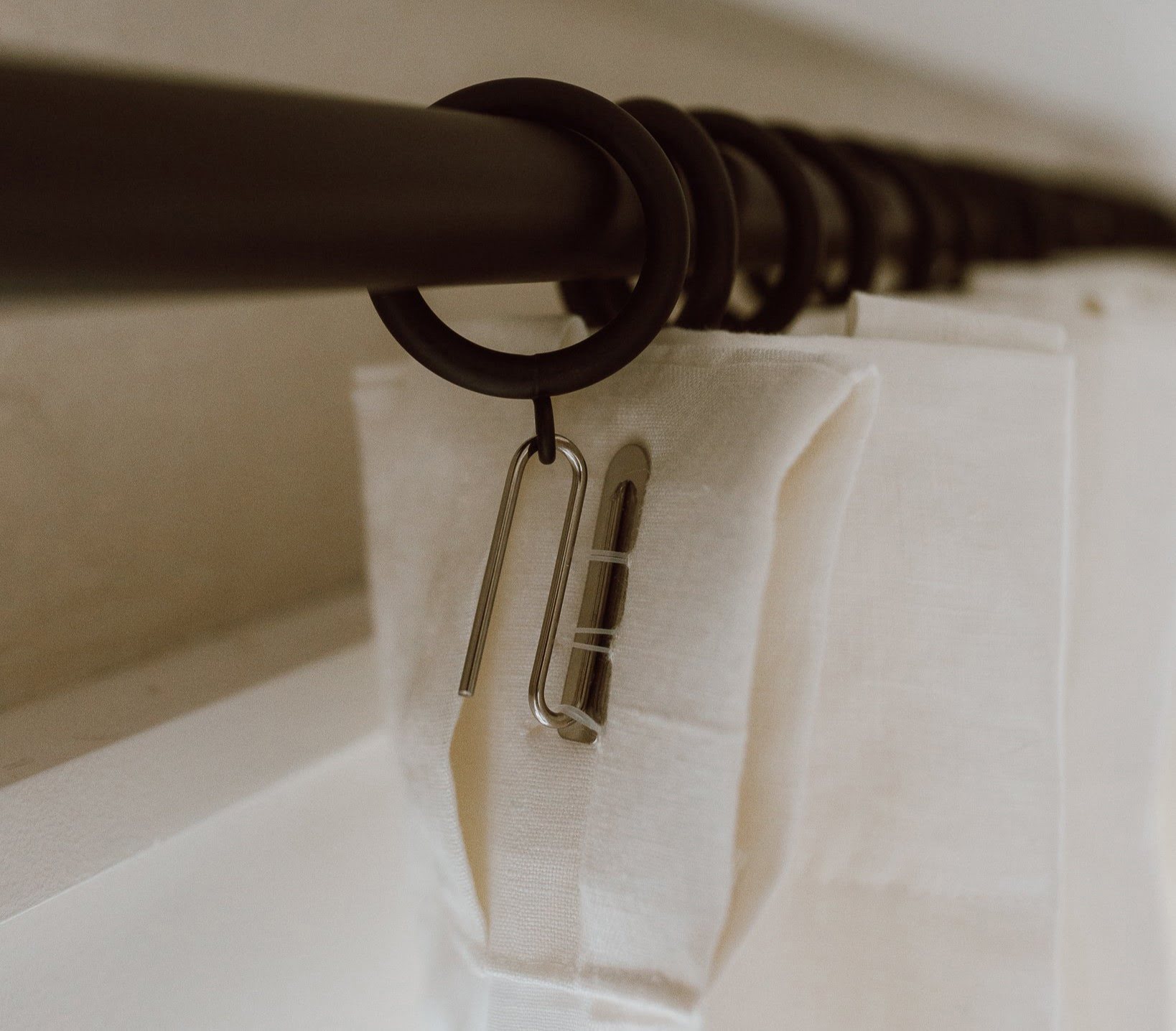

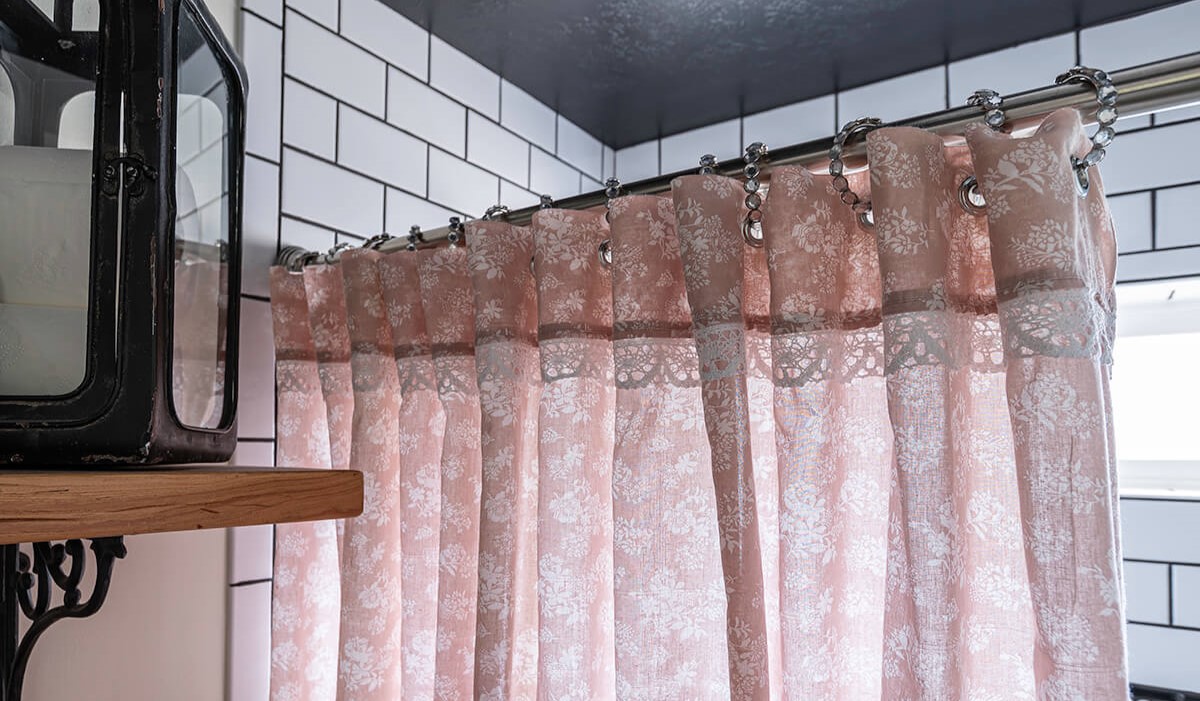


0 thoughts on “How To Make Shower Curtain Hooks Slide Easier”